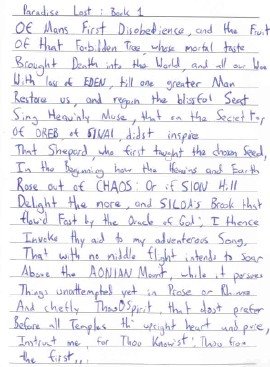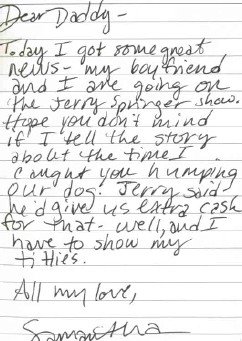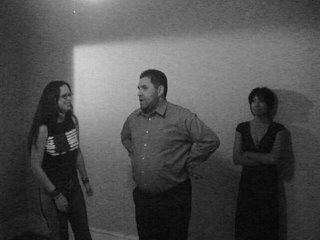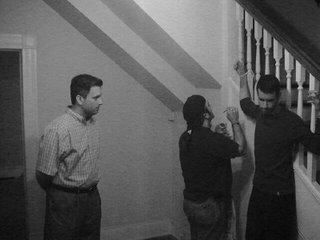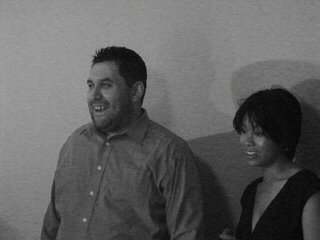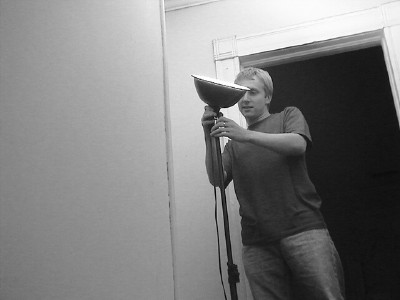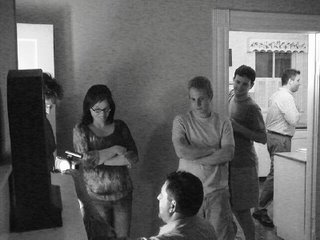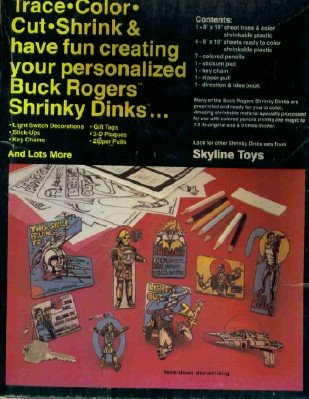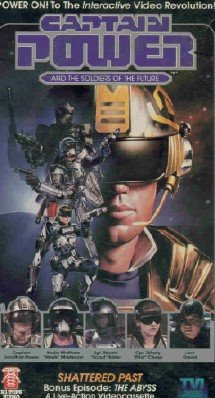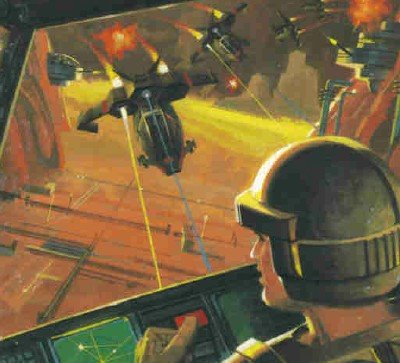I am a self-acknowledged, avowed fan and admirer of the work of Trey Parker and Matt Stone. I've enthusiastically posted about their work here on the blog. South Park: Bigger, Longer and Uncut (1999) is an undeniable masterpiece both in terms of comedy and film musicals (and yes, I actually own the soundtrack). And frankly, I'd also put Team America: World Police (2004) in that camp. Heck, I even like Orgazmo (1997) a lot. Week in and week out - for ten seasons now - South Park the TV series has made me laugh, snort, and frequently gasp.
But I've had a kind of sinking feeling watching this season unspool on Comedy Central. It feels like a rough spell for the durable comedy series. How can I write such a thing? Well, South Park has always had a vicious, wonderfully wicked streak that I adore. But to go alongside with that mean streak, the show has always been scrupulously honest and fair in its indictments of politicians, actors and American culture. The saving grace of the series has always been that it sees matters clearly, cutting through talking points and B.S. In a world where there isn't much common sense, South Park, for all its absurdities, has proven a bastion of common sense. I don't always agree with the conclusions reached by the creators of the show, but I've always admired how they state the case, and bring clarity to it.
And, of course, South Park has always been unrelentingly funny. I still feel shock and awe at that episode from 2005 referencing the Terri Schiavo case (and simultaneously the release of the PSP.) That episode was one of the most daring, original and brilliant things I've ever seen on TV in a long, long time. It took its shots at both sides of that issue and came to a smart, even-handed conclusion.
And yet despite so many past triumphs, I can't help believing that South Park has lost some mo jo this season. The season opener (which enjoyed tremendous ratings...) felt like a personal vendetta against Isaac Hayes over his choice of religion, Scientology. It likened that admittedly-distasteful religion to child molesting...which is a really low blow. But okay, fine...that's what South Park does, and usually there's a point. And yet, going back in South Park's long and storied history, you can actually find an episode about child molesters (a convention of them; and also a jab at Catholicism). You can also find another episode thoroughly mocking Scientology, and in particular, Tom Cruise. So at best, the "Return of Chef" episode is a rehash. And I know this is a matter for personal taste...but I don't think it was particularly funny. Now the one with Tom Cruise locked in the closet? That was funny.
Then there was the episode this season that was supposed to be a reflection of the controversy surrounding Oprah Winfrey, James Frey, and his "fictionalized" memoirs, A Million Little Pieces. In the South Park version, the stoned "worst character ever," Towelie, writes his own fictionalized story and then appears on Oprah's show. But along the way, Oprah's apparently sentient private parts (literally, her ass and her...well you know...) stage a revolt against the TV show host for her long-time neglect of them. The episode was shocking, to be certain, but also - again - lacking even one genuine laugh.
Heck, I'm all for knocking down sacred cows like Oprah Winfrey. As far as I'm concerned, too often she gets a free pass from the MSM. However, the show just felt...mean. And mean by itself isn't good enough, as South Park has proven over its long run. It has to be mean, cogent and funny. And this episode was only one of those things. If you're going to go after Oprah, why not point out how she's a two-faced Janus, going on "black" radio saying she likes to listen to rap on her I-Pod, but then failing to book rap artists on her "soccer mom"-friendly TV series? Or why not go after her for the fact that she has turned a program that used to be about self-help and growth into a long commercial for expensive Oprah products? She's caved to craven commercialism...that's the thing to attack, I'd wager.
And then there was the South Park episode this season in which a "perfect storm" of smugness, caused by the air over "liberal" San Francisco, Hybrid car owners in South Park, and George Clooney's Oscar acceptance speech threatened to destroy the American West. I don't really care about politics if a show is funny, but this episode is - again - a retread of a great episode from last season in which the townspeople believe they are under attack by global warming. Why do it again so soon?
In both cases, the series takes the hard-right, Republican/conservative stance that global warming is junk science and hooey, and that's the creator's right to adopt and express that point of view...but do the creators of South Park seriously believe that hybrid car drivers are causing global warming (a phenomenon which they don't believe in, anyway)? Where have Matt Stone and Trey Parker been during the SUV years? Why have they been silent about that? What about the smugness FOR FRICKING YEARS of SUV drivers who hog the road, take up two parking spaces, and generally endanger the unlucky plebians who are still driving sedans? There are those of us who could never afford an SUV, and have had to deal with the smugness of those drivers since the mid-1990s. I mean, SUV drivers make me puke...watching people who never hiked a day in their lives buy these cars because they could go "off-road" with them? I mean, what the hell? Where was South Park to comment on that?
One funny thing about hybrid cars is that the same people who jumped mindlessly on the SUV bandwagon are now the ones jumping on the hybrid car bandwagon. That's what's funny...not that hybrids make liberals smug (because let's face it, a lot of things make liberals smug these days; most of all the Bush administration...). And depicting the people of San Francisco as people who like to smell their own farts? One: that's not funny because comedy always has to be "reality plus one step further" and this concept has no relation to reality. And two: could you even imagine what the likes of Ann Coulter, Laura Ingraham and Rush Limbaugh would say about a TV show that portrayed the population of an entire Red State City as backwards, ignorant, and gap-toothed? If the people of San Francisco actually liked the smell of their own farts, this joke would be amusing but I've never met anyone from San Francisco who did anything like that. Or anybody anywhere.
And hold up - George Clooney's smugness is a "threat" to the fabric of our society?! What about Donald "we know where the weapons of mass destruction are" Rumsfeld's smugness? What about Dick "they're in the last throes" Cheney's smugness? What about George "we never anticipated the storm would breach the levees" Bush's smugness? What about Condi "I believe it was titled was Bin Laden determined to strike inside the U.S." Rice's smugness? Can George Clooney's smugness even rate on the scale of the cosmic smugness we've seen evidenced from the Administration in the last six years? If you want to go after a smug and annoying Democrat, that's cool - have at it. Personally, I'd pick Hillary Clinton...so take your shot. But George Clooney?! I guess what I'm saying is that (of late anyway), South Park has simply not passed the honesty smell taste. It is now purely and simply pushing one side of various hot-button issues, and furthermore rehashing issues it has already covered...solely to take pot shots at the people the creators of the series apparently don't like.
I loved Team America, and it certainly took shots at folks like Susan Sarandon and Michael Moore. Truthfully, I get a kick out of puncturing self-importance like that. I'm not so set in my ways or so closed-off that I can't laugh at these jokes, or see the truth behind them. But now South Park wants me to believe that hybrid drivers are creating our environmental problems? That liberal actors are the people driving our country into war, chaos, deficit spending and the like? Funny, not a one of them holds high office, or sits in the Majority in Congress or is warming the bench of the Supreme Court. They may be loud and obnoxious (and many are...), but they don't actually have any real power...except the power to gab. And that's Free Speech, baby. Like it or not.
But leaving political pandering aside, South Park's flaw this season is simply that it hasn't been consistently or often funny. Perhaps all the glowing talk of "South Park Republicans" has finally gotten to the show's creators. Sure, they can take any political stance they want (that's free speech, baby...), but I watch the show to laugh and be entertained. And the show has failed dramatically on those fronts. The perfect storm of smugness, I fear, is the one emanating from the show's creators this year. Suddenly, they realize they have something important to say (which makes them a heck of a lot like George Clooney, doesn't it?). A few years ago, South Park would have made fun of that very notion...that a basic cable comedy cartoon would try to influence how a culture thinks. Now, the show is too busy sampling its own farts, I suppose, to smell the irony.

